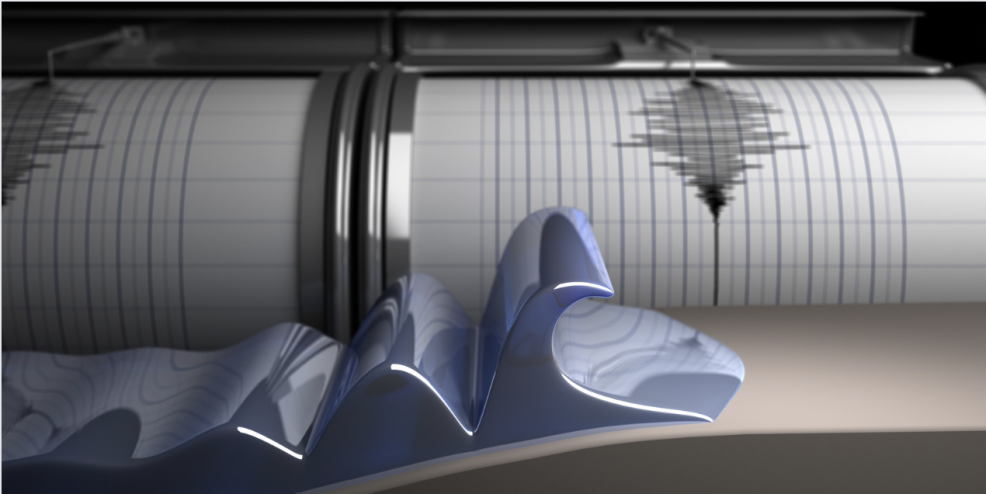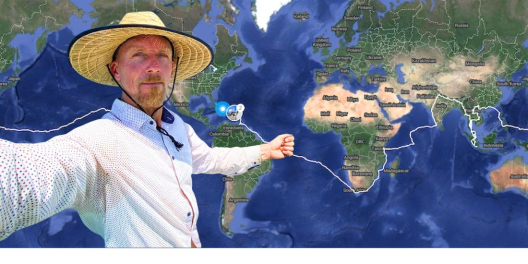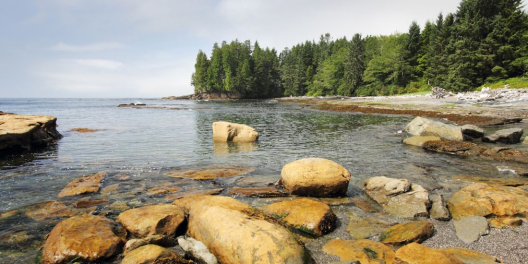We felt some rumbles from the earthquake that hit Tofino on November 25th.
It was a pretty small quake, and the noise may have been mixed with some cheers from the team at Ocean Networks Canada.
The earthquake was actually a big breakthrough for them, as it showed that years of research had finally paid off.
They’ve been installing new earthquake sensors since 2017, and the quake showed that they did their job.
“The Tofino earthquake was a really nice test,” said Katen Moran, president of Ocean Networks Canada to CTV News.
“We were able to detect the energy from the earthquake, calculate the arrival time, should there have been a bigger earthquake from ground shaking to arrive.”
The sensors function by detecting the primary wave, which supersedes the ground movement we can actually feel.
The system then sends out an alert to people’s phones, critical infrastructure operators, and potentially to radio and television stations.
This gives a little bit of warning before the big shake hits.
But when they say a little bit—they mean it.
In a bigger earthquake, the team predicts they would be able to provide around 35 seconds notice.
It may not sound like much, but it gives just enough time to take some life-or-death precautions during a quake.
Alison Bird is a seismologist and outreach officer with Natural Resources Canada. “[You] can open doors, close valves, stop hazardous machinery, that sort of thing. Those little things you can do within a few seconds make a big difference in reducing the potential impact of that earthquake,” she told CTV.
“Really, the best thing to do is that drop, cover, hold on.”
Technology develops rapidly, and the sensors could also lead to more advanced detection in the future.
As we’re all living in one of the most critical earthquake territories in the world, the quicker, the better.
While our VanIsle program progresses, a national system is also in the works. The first sensor was placed in Horseshoe Bay back in March.
All systems should be a go by 2024.
Until then, you can get prepared by learning what to do if a quake hits and take a look at how VanIsle communities have made it through in the past.
Hopefully, with the warning system in place, we’ll be ready as we can be for any shifts the world throws at us.









